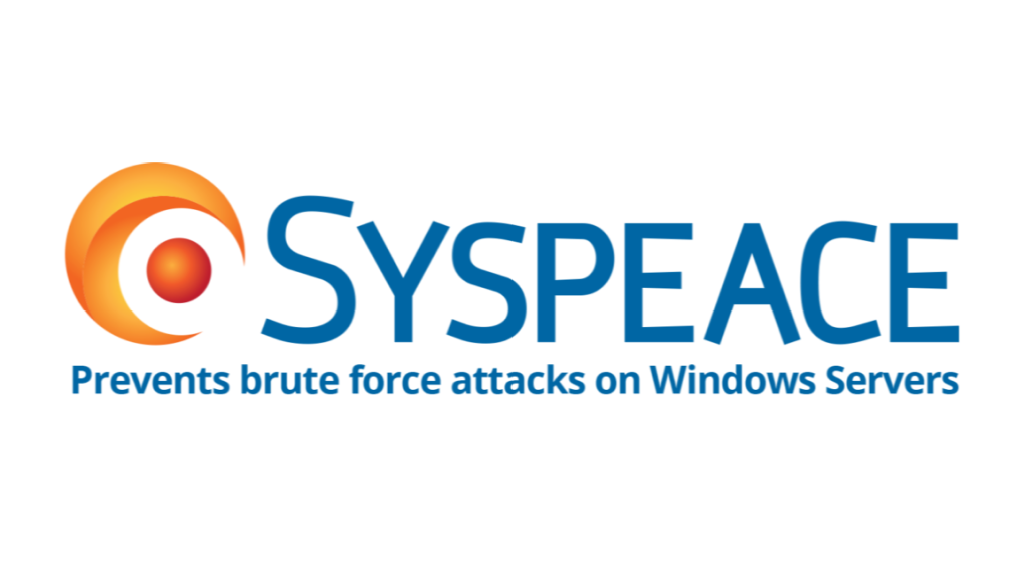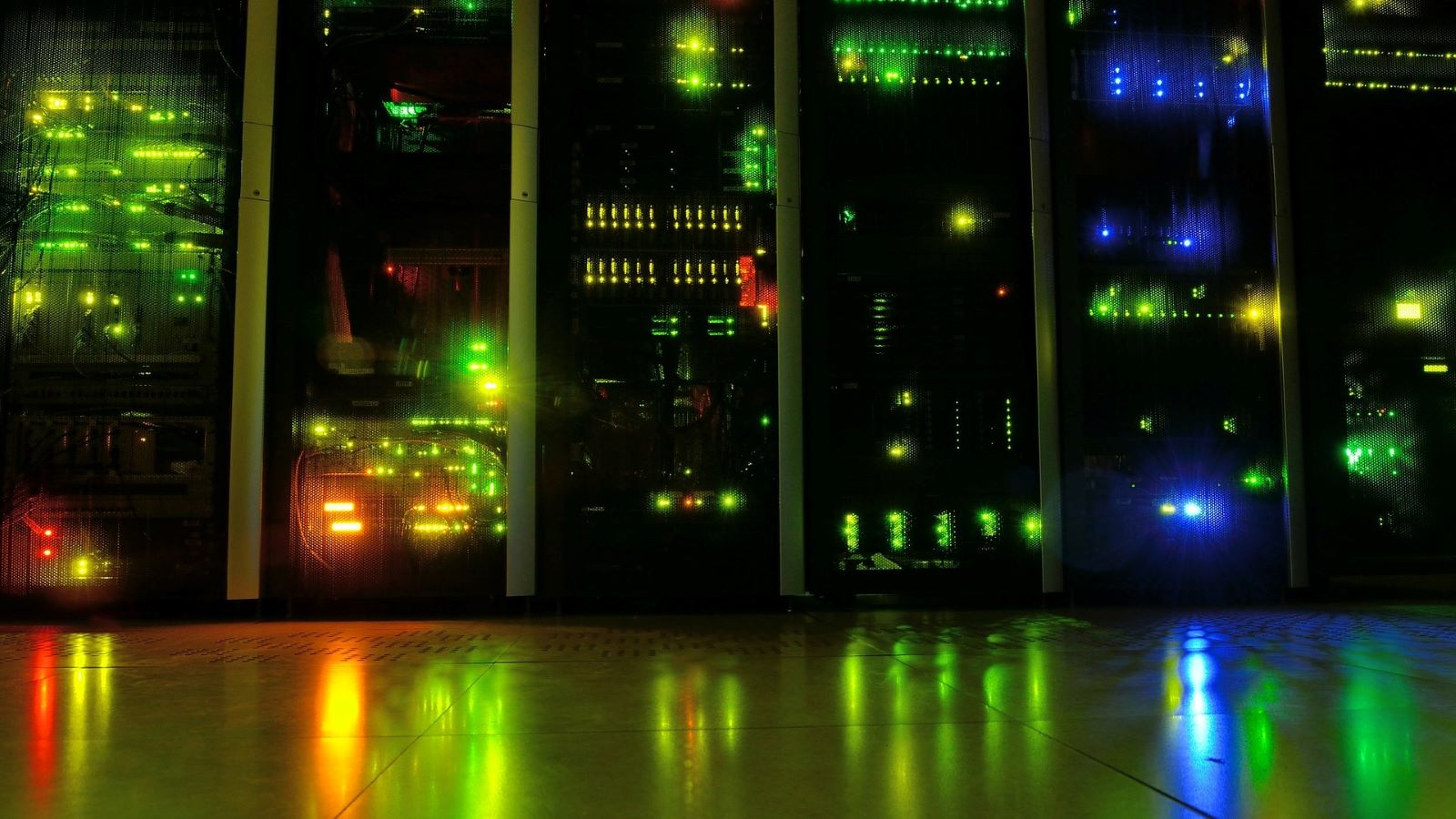5 Vital Elements to Design a Secure Computer Room for IT Infrastructure
Setting up a new computer center is a challenging task. A Computer Center, server room, or data center is a facility for housing all server and network-related environments.
This room must meet some stringent organizational and infrastructural requirements to build a credible Computer room that would safeguard central IT infrastructure and protect the company’s invaluable data from all possible physical dangers.
This article will discuss the most crucial technical requirements to bear in mind when designing and setting up computer centers. We will also provide insights on maintaining the server room to protect both physical investments and the company’s critical data.
Crucial technical requirements
EMI and RFI
EMI (Electromagnetic Interference) are signals capable of interfering with the communication between two devices on a network. A good computer center would be able to guard its systems and network cabling from EMI. Florescent lights and electric motors usually generate EMI. This is why we can use shielded cables or run cables trough leads to safeguarding signals on Ethernet twisted pair cabling. However, if we are using fiber optic, we may not need to worry about EMI.
RFI (Radio Frequency Interference) can obstruct wireless network traffic. Microwaves, wireless phones, and many other home appliances can generate RFI. The wireless networks that can be affected by RFI are those operating within the 2.4gigahertz range.
Magnetic Fields
We need to consider magnetic fields before locating a computer room to cause adverse impacts or even result in data loss. Hard drives, floppy drives, and tape storage devices all use magnetic charges for string data. Therefore, they are at high risk when stored around a magnetic field source. Hard drives, however, have adequate shield and protection from all magnets, except the strongest, but floppy disks and tapes can be erased by any magnet. Such magnets can be as simple as space heaters, fans, motors, speakers, and CRT monitors. However, flash storage and solid-state devices are not prone to the loss of data through magnetic fields.
To effectively ensure that no IT staff brings magnets into the server room, place a sign on the door that restricts magnets. Also, consider adding a static pad in front of any doors to mitigate static discharge.
Network Cables
Network cables can be stepped on, creating a tripping hazard. Even so, they can become a big mess in a short time if kept on the floor. Therefore, we need to avoid putting them on the floor. Consider having different colors for cables to help provide organization. We can also use cable ties to organize them. However, we must avoid using excessively long or short cables. Don’t forget to label all cables and equipment clearly.
Computer Room Power Supply
Power is an essential part of a computer center. Every computer center should have an efficient power supply. Computers have various power capacities needed to power them. We must ensure that the computer center has adapted circuits and its security should be separate from other systems. If we cannot have a separate circuit, then invest in socket strips with voltage filters. Also, provide an uninterruptible power supply (UPS) for whenever power fails. A UPS will help achieve a controlled shutdown of systems.
Their size and configuration of a single computer will also determine the power supply they will consume. For instance, a computer center with a hard disk, a network interface, and small memory does not need as much power supply as a computer center with multiple hard drives, network interfaces, and a vast installed memory.
Most computer centers have documentation that shows their basic power supply requirements. Though, we should always provide more power supply than the basic requirements. By delivering more power supply more than required, we give a chance for upgrades and growth. And if the computer center has multiple hard drives, it is good to provide a power supply that is double the required amount.
Be sure that cooling systems and computer systems have separate power panels. Electrical systems should have a dedicated neutral, isolated ground and grounding grid. There should be a shunt trip for emergency purposes. Finally, no support equipment should have a heat-generating aspect.
Physical Security
While software security devices are essential, we also need physical security solutions alongside. Here are some necessary measures to consider:
- Because our computer centers would be filled with expensive and precious equipment, security must be the top priority. Some offices choose to limit access to several IT employees, which is an excellent idea. Consider using different levels of entry logs, authorization, and authentication protocols to guard against attack and theft.
- Do not document the presence of the computer room and actively monitor all data to track suspicious behavior.
- Invest in top-of-the-line video surveillance and attain data-protection compliance to ensure real-time awareness of who visits the computer room.
- The windows and doors to the computer center should be guarded with reinforced and durable materials to ensure adequate protection.
- Maintain vigilance over all keys (or chip cards) for accessing the computer room.
Other Factors and Tips To Set-up and Maintain Computer Centers
Clean Carefully
Cleaning our computer center is paramount because dust and dirt can create tremendous problems when they take over the computer components. For instance, dust can cause heat to be trapped within computer components, thereby disrupting the lifespan of that equipment.
Therefore, we must clean the server or computer room regularly. This off-course requires specific cleaning supplies:
- Investing in an anti-static and micro-filtering vacuum cleaner is an excellent choice. We also need other accessories such as lint-free cloth, isopropyl alcohol or denatured alcohol, compressed air, and so on. Don’t forget to shut down systems before cleaning and exercise caution when using liquid-based cleaners.
- Generally, avoid using liquid directly on computer components. Denatured alcohol is better for such surfaces.
- We can also consider household dust cleaners for cleaning CRT monitor screens.
- LCD screens, in contrast, require dry, lint-free cloth or specific LCD cleaning solutions.
- For mouse with rollerballs, use denatured alcohol or warm water.
- For the keyboard, use a small PC vacuum cleaner or compressed air.
- For inkjets heads, the manufacture’s supply utility should be used to clean them.
- An anti-static and micro filtering vacuum cleaner can be used to remove surplus toner from laser printers.
- For storage drives such as floppy disks and CD or DVD drives, specific cleaning disks and software related to them should be used to clean them.
- A soft dry cloth can be used to clean DVD and CD-disks.
- It is also good to use covers and cases to guard the computer and its components when they are not in use.
Control Temperature
We need to guard our computer room actively against heat, flame, and fire. All these are destructive and pose a real danger to the equipment and staff.
Computer room air conditioning is vital as we must never allow equipment to get too hot. These cooling systems must be separate and redundant to ensure clean filtered air. We also need positive pressure systems to help protect the air quality in the facility. Positive pressure systems preserve air quality by forcing air out through windows, doors, and openings. In contrast, negative pressure systems draw air in and may bring in particles such as smoke or dust. Cooling systems should also have variable speed fans and always plan for backup; we must not rely on building cooling.
Overheating results in severe damage. Ideally, we want to maintain 70 – 74 degrees Fahrenheit (21 to 24 degrees Celsius). We also need to maintain humidity levels between 40 and 60 percent.
For any new components, we should also allow them to cool down to room temperature for several hours before using them to eliminate any condensations that might have formed due to the humidity and temperature change.
Overall, invest in fire, smoke, water, and humidity monitors to stay on top of all forms of emergencies.
Guard against flame, water, and fire
The best location for the server or computer room is a separate building. However, if it must be within the company’s building, ensure that it has a separate fire protection area. We also need to install smoke detectors and water-free fire suppression systems in the computer center. We can invest in manual (FM 200, nitrogen, argon, carbon dioxide) and automated fire extinguisher systems to effectively prepare against all situations. To add to this, the computer center must be void of all manner of inflammable materials made of plastics or papers. Those materials pose a considerable danger if there happens to be a fire outbreak. It is also an excellent idea to contact local fire departments to uncover any other fire safety requirements needed in your area.
There should be no water-carrying lines or avenues for water (especially rain) to enter the computer room in the same light.
Install a Suitable Computer Room Raised Floor System
The computer room must have an effective raised room floor system that offers various advantages. First, it helps organize and hide cabling, pipework (data and telecoms, electrical wiring), security wiring, HVAC/air conditioning systems components). When constructed correctly, the floor system would have perforated panels offering an air distribution system for cooling, general ventilation, and conditioned cold air. The computer room raised floor system will also allow easy maintenance.
Concluding Thoughts
Creating the fitting computer room demands a careful and thoughtful design process. Be sure to consider all these critical insights to fashion the best technical environment solutions.
Ensure to make allowance for future expansions. Always remember that the perfect computer room design is also an important aspect of your security needs. When we design and set up an OPS computer room focusing on the future, we can create a suitable computer and information center to support our business growth for a long time.


